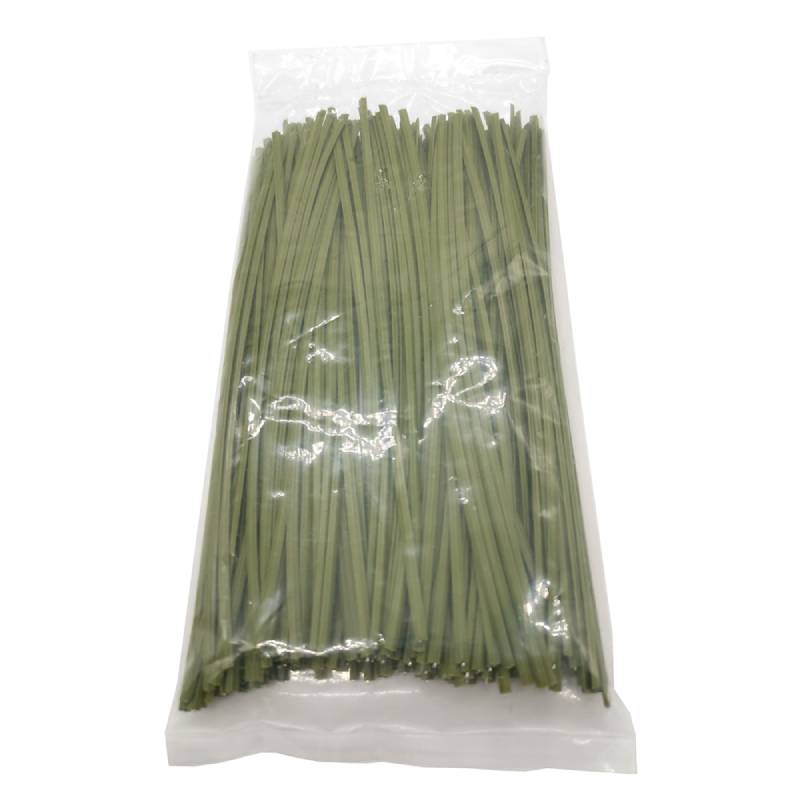roofing nails for vinyl siding
11月 . 30, 2024 06:21
Roofing Nails for Vinyl Siding An Essential Guide
When it comes to installing vinyl siding, one of the most critical components to ensure its longevity and durability is the type of fasteners used. Roofing nails are a popular choice for vinyl siding installation, but understanding their properties and application is essential for achieving a long-lasting result. Let’s dive into the significance of roofing nails, their specifications, and why they are commonly used in conjunction with vinyl siding.
What Are Roofing Nails?
Roofing nails are specialized fasteners designed specifically for securing roofing materials. They typically feature a wide, flat head which helps to provide a larger bearing surface, reducing the risk of pulling through the material they fasten. Roofing nails are usually made of steel and can be coated with materials like galvanized zinc to enhance their resistance to corrosion, particularly important for outdoor applications.
Why Use Roofing Nails for Vinyl Siding?
Using roofing nails with vinyl siding is advantageous for several reasons. Firstly, their structure allows for a secure hold, which is vital given that vinyl siding can expand and contract due to temperature fluctuations. A nail with a larger head ensures that the siding has a firm grip without damaging the material, allowing for proper movement as needed.
Secondly, roofing nails are typically available in various lengths and are ideal for penetrating the substrate beneath the siding, which is typically plywood or OSB. They provide a firm anchorage that helps prevent the siding from warping or pulling away from the wall over time.
Specifications to Consider
When selecting roofing nails for vinyl siding, there are a few critical specifications to consider
1. Length The length of the nails is crucial, as it must be sufficient to penetrate both the vinyl siding and the underlying material. For most vinyl siding installations, nails that are 1.5 to 2 inches long are ideal, as they provide the necessary reach to secure the siding effectively.
2. Gauge The thickness of the nails, often referred to as the gauge, typically ranges from 11 to 14 for roofing nails. A thicker nail ensures greater strength and durability, making it less likely to bend during installation or over time.
roofing nails for vinyl siding

3. Head Size The head size should be large enough to support the siding without tearing or causing damage. A head diameter of around 0.25 inches is generally recommended to provide optimal holding power.
4. Material Opting for galvanized or stainless steel nails is advisable, especially in regions with high humidity or where exposure to moisture is a concern. This helps prevent rust and extends the lifespan of the siding installation.
Installation Tips
When installing vinyl siding with roofing nails, there are a few best practices to keep in mind to ensure a successful application
- Placement Nails should be placed in the center of the nailing hem of the vinyl panel, allowing for the natural expansion and contraction of the material. Overdriving the nails can lead to buckling, while underdriving might result in insufficient hold.
- Spacing The spacing of the nails should be consistent, typically every 16 inches along the panel's length. This uniformity helps maintain the integrity of the siding and contributes to its overall aesthetic.
- Use of a Level Ensuring the siding is level as each piece is installed is crucial for both appearance and performance. A level can help verify that each panel is straight before securing it.
- Avoid Tightening When driving the nails, avoid overtightening. Vinyl siding should have some freedom to move, which means the nails should be snug but not overly tight.
Conclusion
In conclusion, roofing nails are an essential part of the vinyl siding installation process. Their unique design provides the necessary support and flexibility required for vinyl materials, ensuring a durable and long-lasting finish. By selecting the right specifications and following best practices during installation, homeowners can achieve optimal results that withstand the test of time and elements. Whether you’re a DIY enthusiast or hiring a professional, understanding the role of roofing nails in vinyl siding can make a significant difference in the quality of your home’s exterior.




















